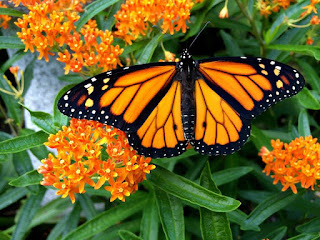Had a great turnout for this morning's library program at the Liberal Library...
I read two books...
And...
After story-time, the children made leaf-rubbings...
Coloring sheets were available for the children to take home, but some chose to color them at the library...
I think the children that attended today's program are ready for fall and will have fun with autumn leaves.
What are some of the ways that you and your children have fun with leaves? 🍁
Until next time...
~Rebecca
Recent and related posts that you might be interested in reading...
 |
I read two books...
 |
| Why Do Leaves Change Color? by Betsy Maestro |
 |
| Leaf Man by Lois Ehlert |
After story-time, the children made leaf-rubbings...
Coloring sheets were available for the children to take home, but some chose to color them at the library...
I think the children that attended today's program are ready for fall and will have fun with autumn leaves.
What are some of the ways that you and your children have fun with leaves? 🍁
Until next time...
~Rebecca
Recent and related posts that you might be interested in reading...



























